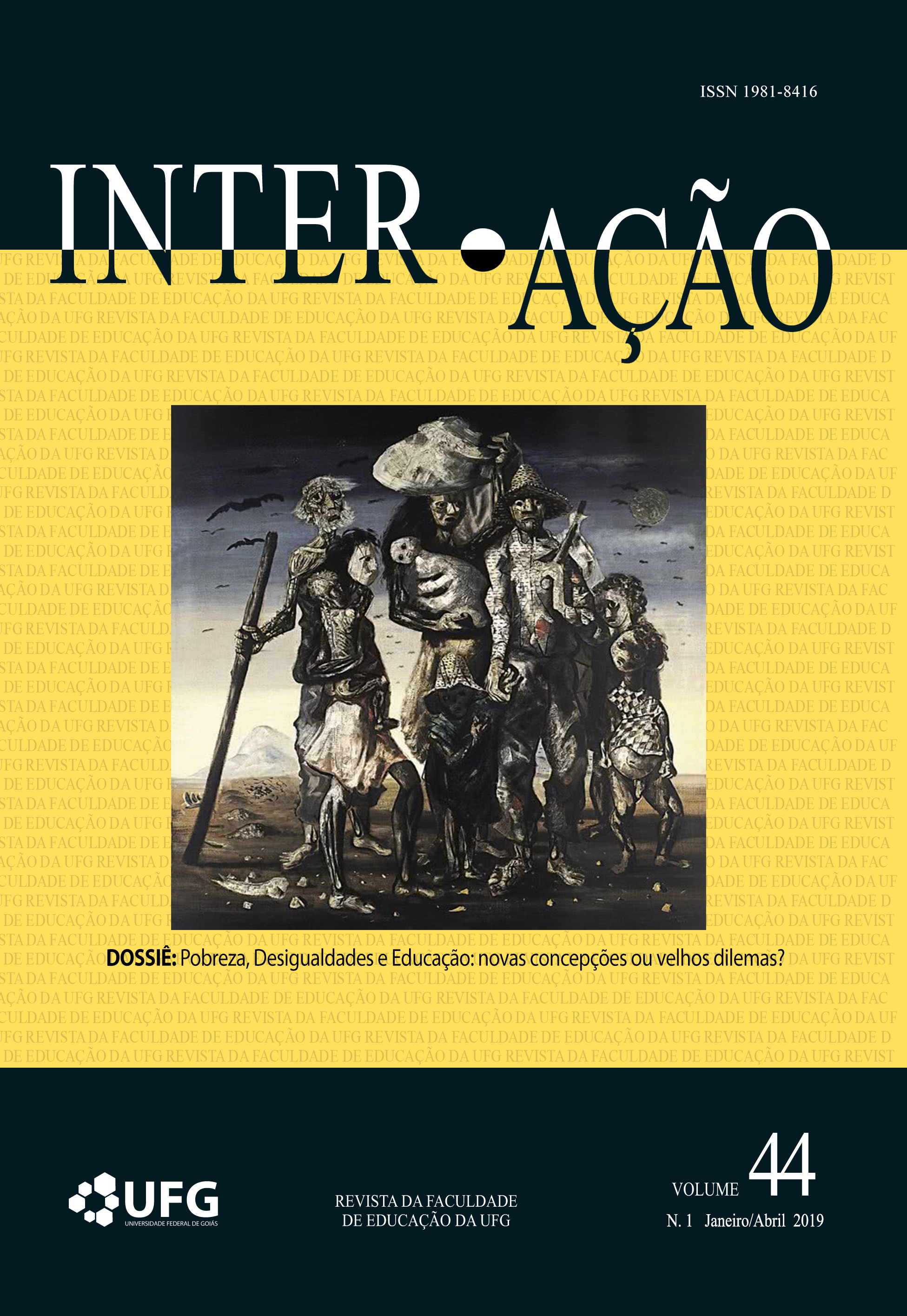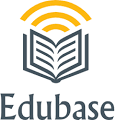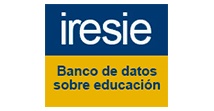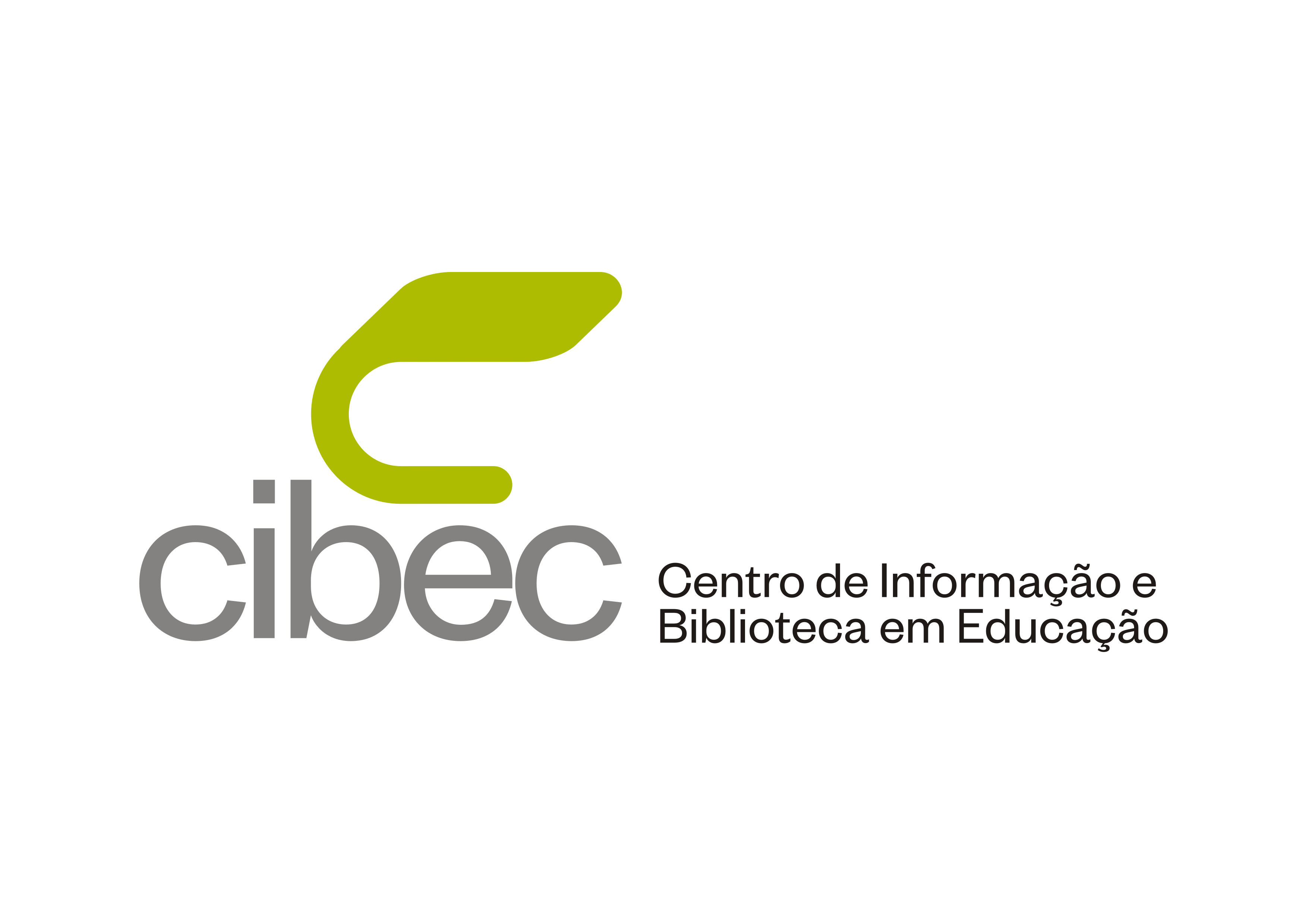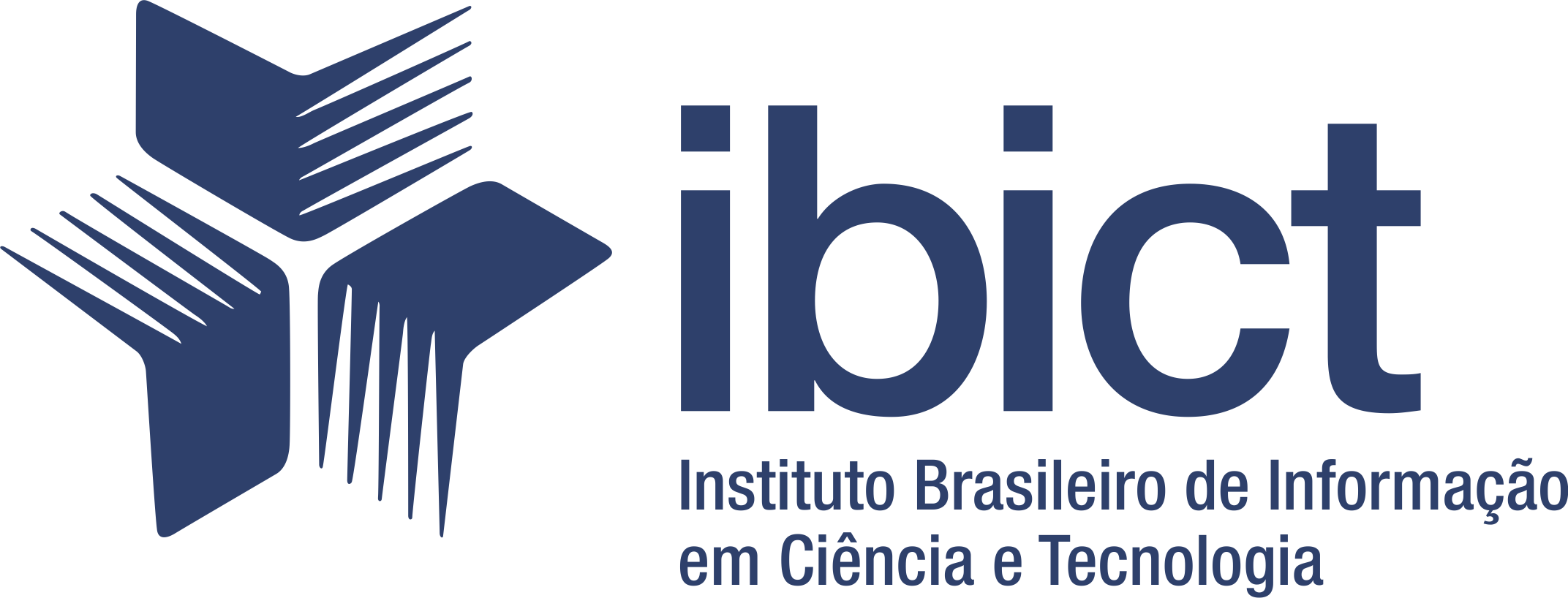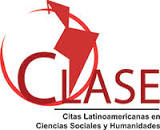OS CONTOS DE FADAS: ESTRATÉGIA PEDAGÓGICA PARA MITIGAR ESTEREÓTIPOS FEMININOS
DOI:
https://doi.org/10.5216/ia.v44i1.48784Resumo
A sexualidade é construída a partir de padrões de comportamento e costumes da humanidade ao longo da história e por diversos fatores resulta em sua liberação ou repressão. Os contos de fadas por sua vez, provenientes da oralidade e recontados ao longo dos séculos colocam as mulheres constantemente de forma inferior perante os homens, naturalizando a vulnerabilidade feminina. Em vista disso, esse artigo de cunho biográfico buscou conhecer, descrever e problematizar o que os estudos científicos dizem acerca do uso dos contos no ensino médio, procurando analisar sua utilização como estratégia pedagógica para mitigar os estereótipos de inferioridade feminina e outros preconceitos. Confirmou-se assim a assertividade dessa abordagem, uma vez que se podem transmitir valores; reforçar ou criticar paradigmas e questões de gênero.
Downloads
Downloads
Publicado
Como Citar
Edição
Seção
Licença
A Inter-Ação utiliza como base para transferência de direitos a licença Creative Commons Attribution 4.0 para periódicos de acesso aberto (Open Archives Iniciative - OAI). Por acesso aberto entende-se a disponibilização gratuita na Internet, para que os usuários possam ler, baixar, copiar, distribuir, imprimir, pesquisar ou referenciar o texto integral dos documentos, processá-los para indexação, utilizá-los como dados de entrada de programas para softwares, ou usá-los para qualquer outro propósito legal, sem barreira financeira, legal ou técnica.
Autores que publicam neste periódico concordam com os seguintes termos:
1) Autores mantém os direitos autorais e concedem à revista o direito de primeira publicação, com o trabalho simultaneamente licenciado sob a Licença Creative Commons Attribution que permite o compartilhamento do trabalho com reconhecimento da autoria e publicação inicial nesta revista.
2) Autores têm autorização para assumir contratos adicionais separadamente, para distribuição não-exclusiva da versão do trabalho publicada nesta revista (ex.: publicar em repositório institucional ou como capítulo de livro), com reconhecimento de autoria e publicação inicial nesta revista.
3) Autores têm permissão e são estimulados a publicar e distribuir seu trabalho online (ex.: em repositórios institucionais ou na sua página pessoal) a qualquer ponto antes ou durante o processo editorial, já que isso pode gerar alterações produtivas, bem como aumentar o impacto e a citação do trabalho publicado.

